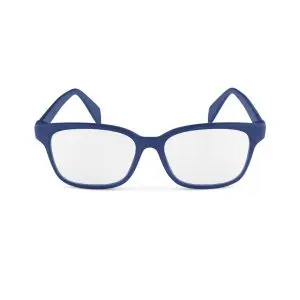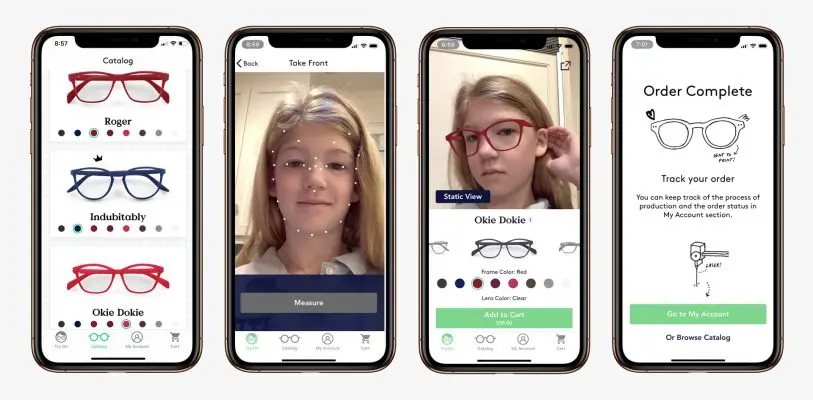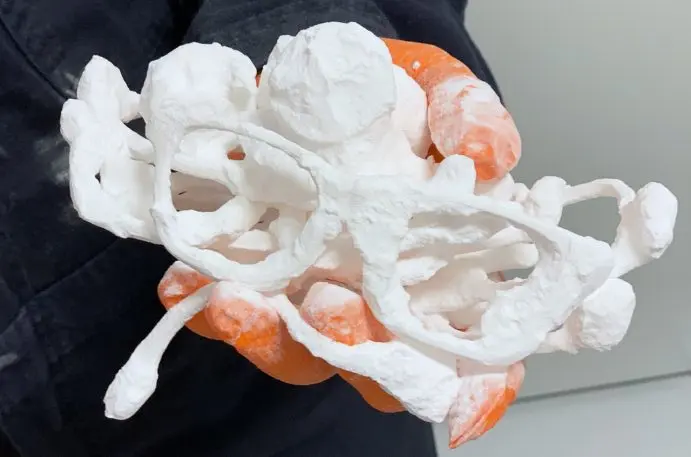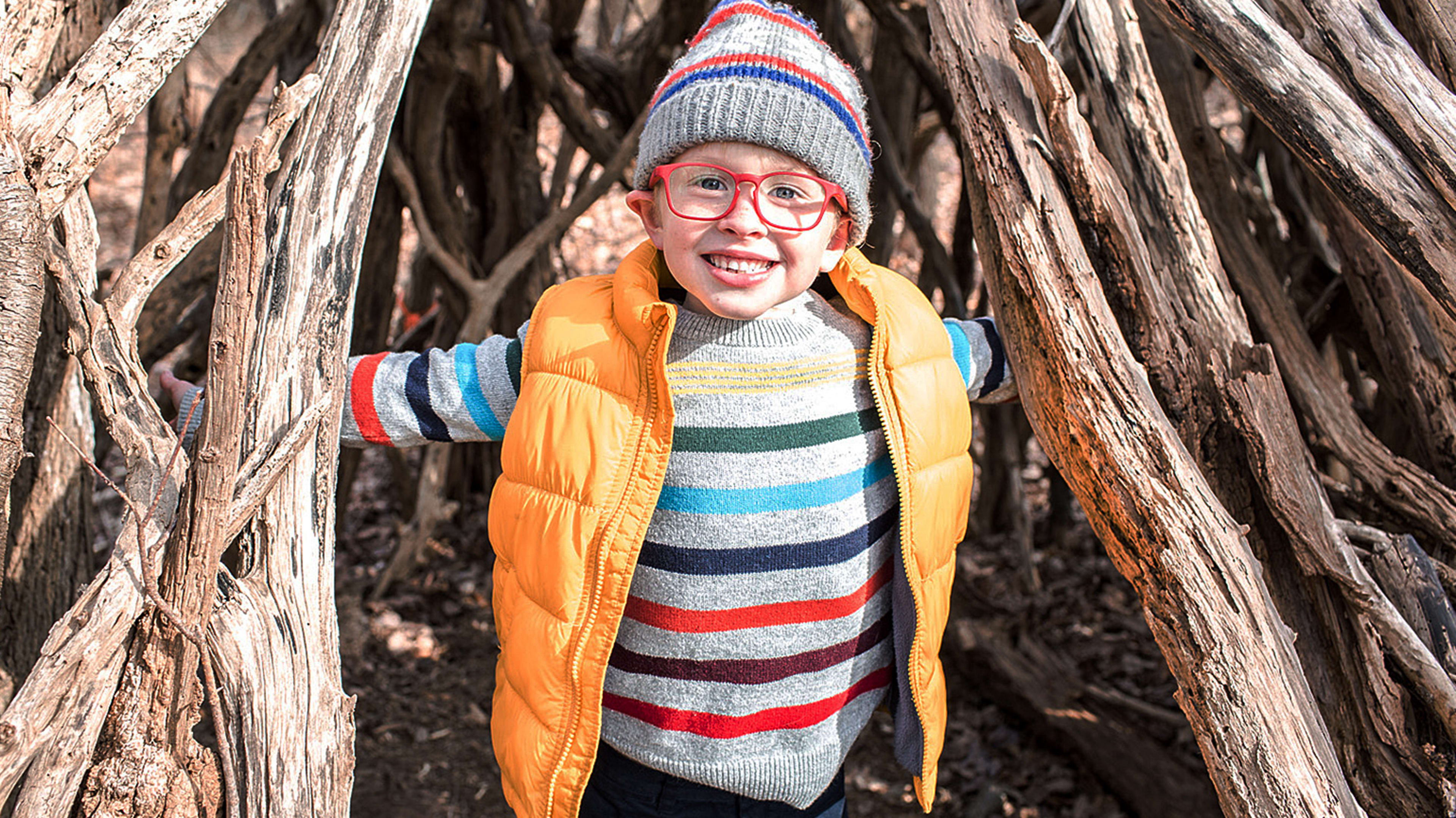When you’re 3 years old and happen to need prescription glasses, your eyewear can seem like an overwhelming burden. You know your parents spent hundreds of dollars on your glasses, but it’s so easy to break them on the playground or forget them on a bus or an overnight trip.
“My son went around for several weeks with his broken glasses taped together before my wife and I found out,” says Gabriel Schlumberger, co-CEO of Fitz Frames. “He had broken his glasses, and didn’t want to tell us.”

The experience convinced him that there was room in the market for a new kind of eyewear brand that was specifically tailored to the needs of children. A year ago, he left his career as a designer at animation studios Disney and Pixar to cofound a new startup called Fitz Frames with his friend, Heidi Hertel, who previously served as a political consultant. The company, which will come out of beta later this month, creates $95 prescription eyewear that is custom-made for a child’s face. The company also offers $185 annual subscriptions that allow you to get as many free replacements as necessary.
There are now nearly 20 million children in the United States who wear prescription glasses. A growing number of preschool-aged children now need corrective eyewear, largely because there has been an increase in screenings that are detecting vision problems. According to a study by the medical journal Pediatrics, 1 in 20 preschool-aged children needs glasses, but until recently, most parents did not realize their children had any issues. Hertel never wore glasses as a child and was surprised to find that both of her children needed prescription eyewear as toddlers. “Many parents were not aware that vision problems can set in at a young age,” says Hertel. “But if you don’t catch the problem and intervene quickly, these problems can get worse as they get older.”

Hertel was also surprised by how unpleasant the entire experience of getting glasses was for her children. Visiting an optician can be just as stressful as visiting a doctor or dentist. Then, there’s the issue of getting the children to sit still while they try on different frames. All of this is aggravated by the fact that most children’s eyewear doesn’t come in a wide range of sizes. Most brands, including Warby Parker Kids and Jonas Paul Eyewear, just come in two sizes that are designed to fit children aged 4 to 12. Hertel says that she often couldn’t find a size that fit her kids. “Children’s faces are still growing,” says Hertel. “There’s not much you can do if your child is in-between sizes or the glasses they want are too big or small for their face.”

Hertel and Schlumberger have solved this problem by creating an app that allows children to virtually try out glasses at home, and by 3D printing the frames to the dimension of the child’s face. Parents start by downloading the Fitz Frames app, where they can take measurements of their child’s face. Then they can virtually fit their child with the six different frames, which come in eight colors. Then, they can choose the pair that they want, which will be manufactured to order in the Fitz Frames factory in Youngstown, Ohio. The glasses will then be delivered within a week.

“We’re taking into account small details like how wide to make the bridge of the glasses,” says Schlumberger. “It seems like a small detail, but if it is just a few millimeters too wide, the child will be pushing their glasses back up onto their face all day.”
The company has spent a lot of time thinking about the specific design of these children’s glasses. While most eyewear brands simply shrink adult lenses into smaller sizes, Hertel and Schlumberger wanted to focus specifically on the needs of children. For instance, the glasses come with hinges that snap into the temple (the long piece that goes over the ear) rather than requiring a screw. This makes it easier to put the glasses back together and eliminates the risk of losing a tiny screw if they come apart. And parents can also choose to buy a $185 annual subscription, which includes as many replacements as necessary.

“We both learned the hard way that kids will break and lose their glasses,” Hertel says. “We thought these minor adjustments would take a lot of stress out of the process.”
Each pair of glasses comes inscribed with the child’s name. If they leave their glasses at school or at soccer practice, someone may find them and give them back. But it’s also a fun touch. “Many kids like knowing that their eyewear was made specially for them,” says Schlumberger.
Recognize your brand’s excellence by applying to this year’s Brands That Matter Awards before the early-rate deadline, May 3.
